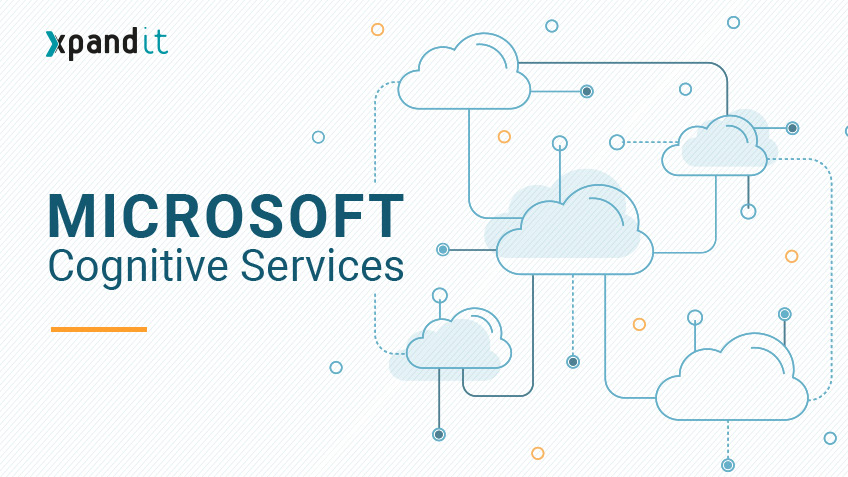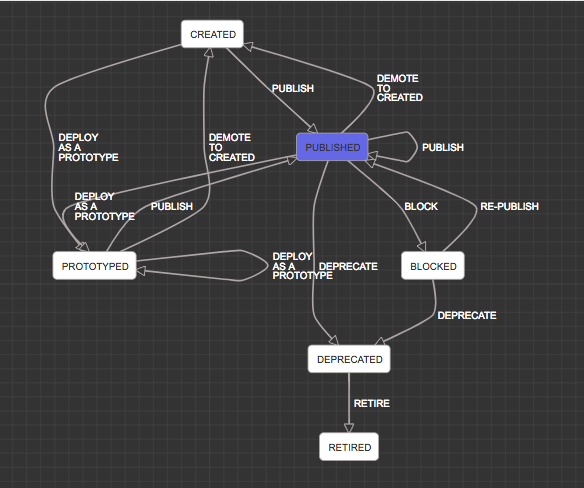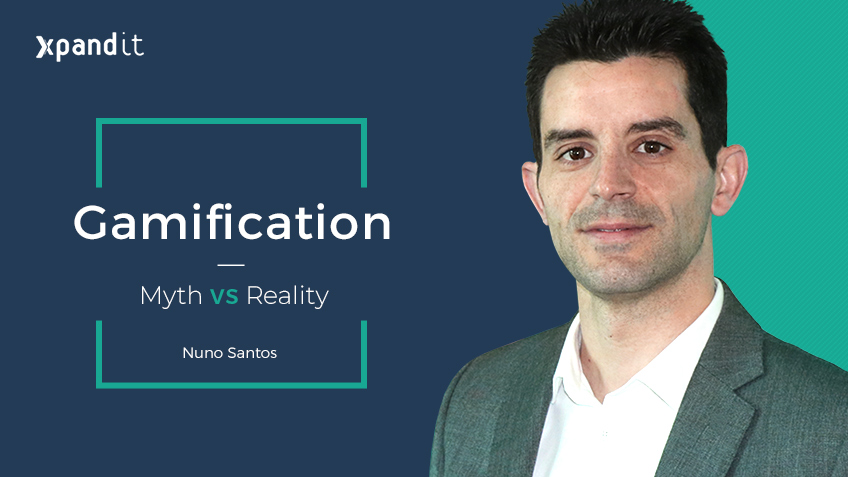First of all, let’s make it clear: no matter what you think Gamification is, it certainly isn’t the silver bullet solution for your problems. If you have a problem in your teams, processes or organisation, you should address it and evaluate the best way to fix it, because applying Gamification to a broken environment won’t solve anything (it will probably make it worse!)
Having said that… what is Gamification then? And how can I better apply it?
This post is not intended to go deep into the definition and concepts of Gamification but rather to provide a better understanding of Gamification by identifying common myths in many people’s visions of it.
The myths
1st myth: Gamification is transforming something into a game
There is a generalised idea that something is gamified when you are playing a game. That is inaccurate. The majority of the time you are playing games, you are not in a gamified environment.
Creating a game is a separate line of study, called Game Design. Game Design focuses on designing a game by creating a plot, the characters, the mechanics, an evolution, game play interaction, etc., and putting those in a confined environment (the game) where the user (player) actively participates, evolves and, hopefully, succeeds. It is more like creating a new challenge a giving the player the tools to face it.
Gamification, even though it shares similar benefits, is addressing real world challenges with what we learn from games. It is the process of applying game elements and game design techniques to non-game contexts, with the objective of engaging and motivating people by making their real world tasks more fun.
At an enterprise level, for example, Gamification can be used to on-board and engage team members, enhance productivity and efficiency, train people, and innovate.
2nd myth: Applying Gamification will make things at least as engaging as they were
Although FUN is one of the simple and clear words that describes the objective of Gamification, it is also a very vague and relative concept. When not applied correctly, game elements and techniques may create the opposite effect of what was intended. That is why sometimes people see far worse results after applying Gamification initiatives to the environment as opposed to not applying any.
Bear in mind that engagement has to do, among other things, with voluntariness and choice. Forcing people to do something negates the effects of a Gamification strategy.
3rd myth: If I understand Game Design, I understand Gamification
If this is your motto, then you’ve been living in a dream world. Although sharing similar elements and techniques, as said earlier, Gamification is far more about the psychology than the actual product. Game Design is more focused on creating the game and all its elements in a way that is appealing and involving to the player, whereas Gamification is especially concerned with affecting human behaviour to achieve a specific outcome. It is intended to provide a long-term and sustainable benefit rather than entertainment per se.
4th myth: Gamification = PBL (points, badges and leaderboards)
If you are not new to Gamification, you probably know that when gamifying, people tend to apply PBL straightforwardly, probably because this is the most common and visible aspect of a gamified environment. Although in many cases PBL are present, the scope of the Gamification initiative goes far beyond these elements. You have to free your mind from vanilla PBL application and start to think about how you can get more out of Gamification.
You should start from the top, by thinking about how you will affect the users with the experience: things like emotions, a narrative, a progression, etc., that support the behaviours that you wish to achieve. Then you can start to consider the mechanics, the processes that drive the user – like challenges, competition/cooperation, feedback, rewards, win states, and many others – so that you create a meaningful experience. And to achieve those, you can use PBL and any other elements (achievements, avatars, collections, levels, virtual goods, etc…) as tools that you have at your disposal to implement your strategy.
5th myth: Gamification doesn’t work
This is a little bit farfetched, but sometimes people don’t believe in Gamification just because of past experiences gone wrong. It’s true that Gamification doesn’t fit all scenarios and, for the ones it does, it should be applied and managed correctly to get the desired outcomes (welcome to the real world!) Always evaluate all possibilities and consider the pros and cons of any Gamification implementation initiative. Don’t be afraid to cast out Gamification when you think it will not benefit your context or it might create significant risks. As discussed at the beginning, this is not a panacea or a certified results procedure. The context must be set up, and the implementation is a journey of adoption and change, so it takes time and care to succeed.
A little bit of the psychology behind Gamification
There is a lot that can be discussed on the psychology and behavioural side of Gamification.
Its core is about understanding people’s behaviour (Behaviorism), by analysing what people do in response to stimulus:
- By providing feedback, people tend to correct and adjust behaviour accordingly;
- Creating consequences or giving rewards based on their actions helps to guide them to the intended behaviour;
- Randomly shooting their dopamine system with something unexpected makes them feel good and more engaged.
Because the Behaviourist approach is limited, Gamification is also going deeper and understanding what people feel and think (Cognitivism), by trying to determine the motivation behind the action. Motivation can be:
- Extrinsic, when the action is done for the purpose of the reward (e.g. fame, money, etc.), which can demotivate and is not sustainable;
- Intrinsic, when doing the thing for its own sake, because it is rewarding and enjoyable by itself, thus creating much more engagement.
Pitfalls of Gamification
There are several pitfalls and dangers associated with bad Gamification use.
One of the dangers concerns abusing or manipulating people into having specific behaviours. Remember that Gamification is about freedom of choice, so any military-like enforcement of behaviour will push people away instead of bringing them in.
An additional pitfall is what in Gamification is known as instant gratification. Instant gratification relies on consistently rewarding someone for a simple achievement – like, for example, submitting a suggestion through a form. This devalues the reward and potentially leads people to disregard what is really important (the suggestion) just for the purpose of getting more rewards (with more clicks).
Another bad use of Gamification is when you expose people or set them “playing” against each other. An example of this might be the implementation of leaderboards in an organisation, showing points and/or rating people in “who is better than whom” and “who are the worst performers” reports. This potentially promotes a bad environment between co-workers and can create entropy and demotivation within teams.
Good Gamification examples
The following is a selection of good examples of the application of Gamification that succeeded in achieving their goals and the desired behavioural pattern:
| Gamification |
Description |
Achievements |
Why it worked? |
| Volkswagen’s speed limit enforcement in Stockholm |
Induce responsible driving behaviour by implementing a lottery between drivers respecting the city speed limits with the money collected from fines of over-speeding drivers. |
Resulted in 22% average speed reduction. |
Probably because people didn’t need to speed in the first place. Creating a reward for doing it within the speed limits raised awareness (feedback) and created a new motivation for people to drive by. |
| StackOverflow’s contribution mechanism |
Make Stack Overflow ‘the’ relevant reference for asking help and finding answers on specific technology topics (mainly programming). |
How many times do you end up on Stack Overflow’s website when searching for a specific technology issue resolution? That explains it all. |
It promotes a sense of community, by rewarding meaningful contributions and giving voice to the entire user community (feedback and revision system). |
| Duolingo |
Website and app that eases the process of learning new languages. |
Made language learning easier and now has more than 68 languages available and 200 million users worldwide. Received several educational and learning technology prizes. |
It is easy and simple; it provides constant feedback; it gives freedom for you to choose your own pace; it gives options on which area you want to focus next; it rewards you more when you put more pace or effort into it; it gives you lingots (the Duolingo currency) as rewards for you to unlock other challenges and learn more. |
Nuno Santos
Enterprise Solutions Manager, Xpand IT
















